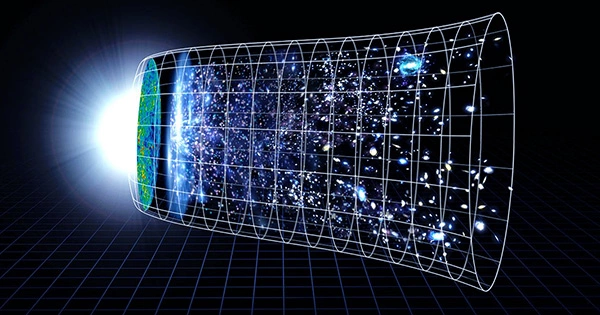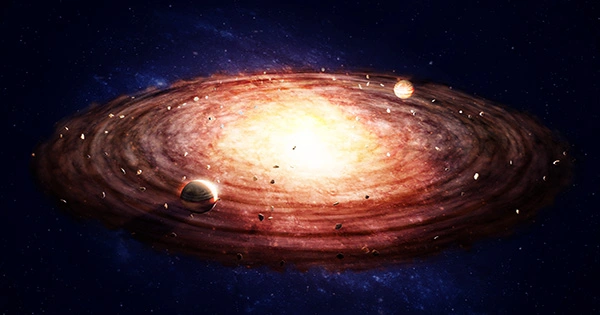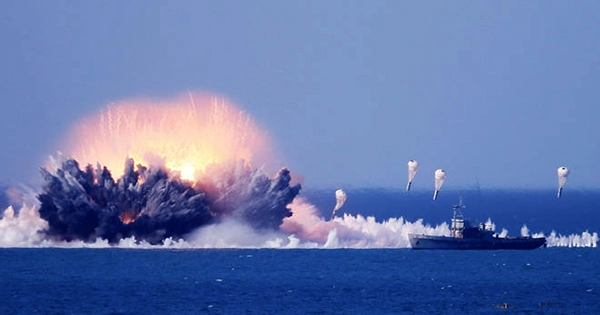Sagittarius A*, the Milky Way’s supermassive black hole, is thought to have formed a sequence of giant bubbles reaching millions of light-years above and below the Milky Way’s plane. A recent study proposes a hypothesis to explain how this may have occurred. The so-called Fermi bubbles, enormous formations of very hot gas reaching 25,000 light-years, were found by scientists using NASA’s Fermi Gamma-Ray Space Telescope more than a decade ago. The eROSITA observatory recently discovered the eROSITA bubbles, which extend to almost 36,000 light-years.
Their origin is unknown, but the fact that they are symmetrical in relation to the galactic disk suggests that Sagittarius A* is the most likely culprit. The new model connects the Fermi Bubbles, the eROSITA bubbles, and the microwave haze encircling the galactic center, according to Nature Astronomy. In that theory, all of these elements are the result of a single episode of supermassive black hole jet activity that occurred a few million years ago.

The presence of high-energy particles known as cosmic rays, as well as how gas flows around the Milky Way (especially at its core), the energy that jets produced by a black hole can deliver, the gravity of the system, and the presence of high-energy particles known as cosmic rays, were all factored into a computer model. “Our simulation is unusual in that it considers the interaction of cosmic rays with gas within the Milky Way.” “The cosmic rays expand and create Fermi bubbles that glow in gamma rays after being injected with the black hole’s jets,” senior author Professor Karen Yang of Taiwan’s National Tsing Hua University stated in a statement.
“The same explosion pushes gas away from the Galactic center, forming a shock wave that the eRosita bubbles witness. The new observations of the eRosita bubbles have allowed us to more precisely restrict the length of the black hole activity and get a clearer understanding of our galaxy’s previous history.” Their findings do not support an alternate theory that the bubbles are caused by an upsurge in the production of stars (a so-called starburst) in the Milky Way’s centre. Such an event would have to endure 10 million years, and such a long-term infusion of energy would result in significantly different structures, according to the study. Instead, the black hole jet scenario requires just 100,000 years.
“Our findings are important in the sense that we need to understand how black holes interact with the galaxies that they are inside,” said co-author Mateusz Ruszkowski of the University of Michigan. “This interaction allows these black holes to grow in a controlled manner rather than grow uncontrollably.” “If you think that supermassive black holes are driving these Fermi or eRosita bubbles, you can start answering these important problems.”
















